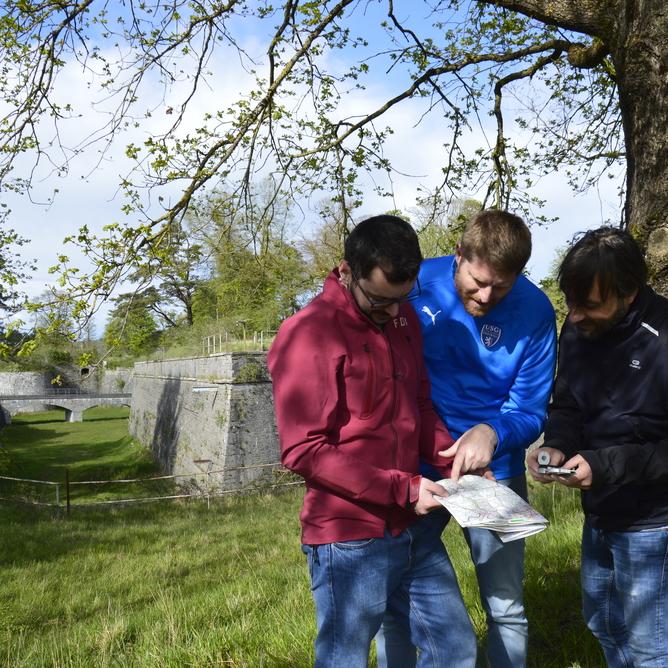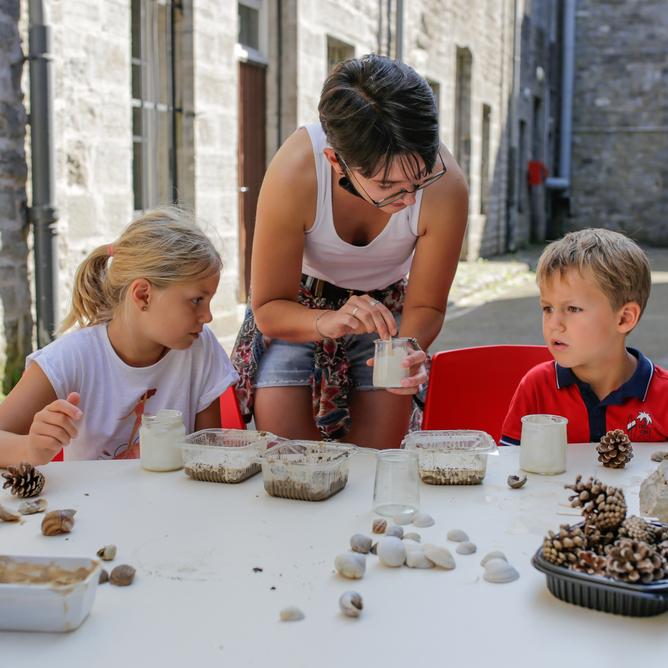Discover Charlemont
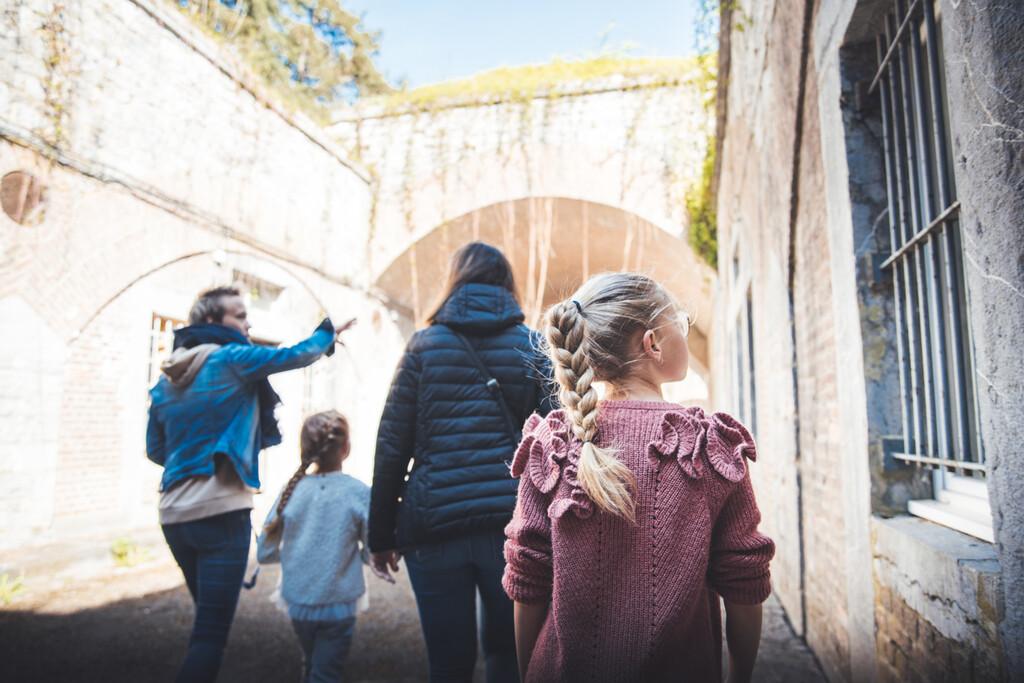
Charlemont, a historic heritage...
Charlemont, perched on a rocky outcrop in the heart of the Pointe de Givet Nature Reserve, dominates the Meuse and the surrounding area. In the 1550s, Givet was a border town, bordered by three sovereign states: the Kingdom of France, the Spanish Netherlands and the episcopal principality of Liège. It was to the latter that the town of Givet was attached, and more specifically to Louis de Stolberg's Seigneurie d'Agimont.
During this period, the situation between Henry II, King of France, and Charles V, Emperor of the Holy Roman Empire, was particularly tense. In 1554, Henry II launched a major attack on the Spanish Netherlands. His troops ravaged everything in their path. The castles of Binche and Mariemont, the residences of Marie of Hungary, Charles V's sister, fell, jeopardising the security of the borders.
This is why Charles V, through his sister, acquired the Seigniory of Agimont on 6 April 1555, and launched the construction of a new stronghold to protect the area, on the left bank of the Meuse. Charles V gave his name to this fortress: Charlemont, Charles's Mount.
With the Treaty of Nijmegen in 1678, the Charlemont-Givet stronghold became French. It was handed over to Louis XIV, King of France, in 1680, and was quickly inspected and improved by Vauban.
Following an attack by General Coehorn, who bombarded Givet from the heights of Mont d'Haurs, Vauban proposed a major project in 1698 to complete and improve the fortress. In particular, he planned to unite the two towns of Givet into a fully fortified town, to build an entrenched camp on Mont d'Haurs and to enclose the extremities of Charlemont in a third enclosure (cornichon enclosure, second hornwork and reinforcement of the northern front).
Charlemont took on its definitive structure around 1740, after the construction of the Asfeld crown to the west and the gherkin enclosure to the east.
The last major changes were made by General Séré de Rivières, following France's defeat in the Franco-Prussian War of 1870. However, the torpedo shell crisis of the 1880s rendered this work obsolete before it was completed.
In 1914, Charlemont fell after three days of bombardment. Technically obsolete, the site could only slow the advance of the German armies.
Charlemont returned to service in 1940 but, despite the improvements made from the 1930s onwards (firing apertures and blocks for 75mm guns, etc.), the situation was similar to that in 1914. The site could not withstand enemy attacks and was abandoned in May 1940. Givet was liberated on 7 September 1944.
In 1962, the government, and in particular the defence services, reclaimed the site. On 1 January 1963, General Massu, commander of the 6th Military Region, set up France's first Commando Training Centre, the Givet C.E.C., whose motto was "Believe and Conquer". Charlemont's military history came to an end in November 2009 with the closure of the Centre as part of the restructuring of the Defence services.
Negotiations then took place between the State and the local authorities (Commune de Givet and Communauté de Communes Ardenne Rives de Meuse). The Communauté de Communes Ardenne Rives de Meuse was keen not to let Charlemont fall into disrepair, and to keep it in the public domain, so in 2011 it agreed in principle to become the owner of the site. The acquisition of the Charlemont site was signed on 30 June 2015.
Download our map
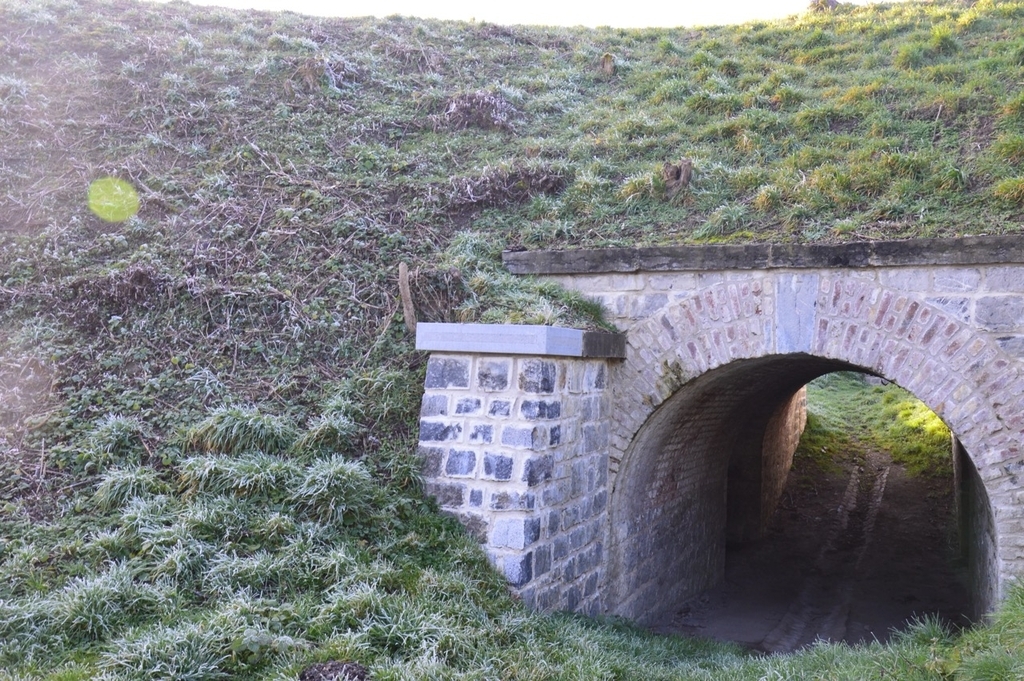
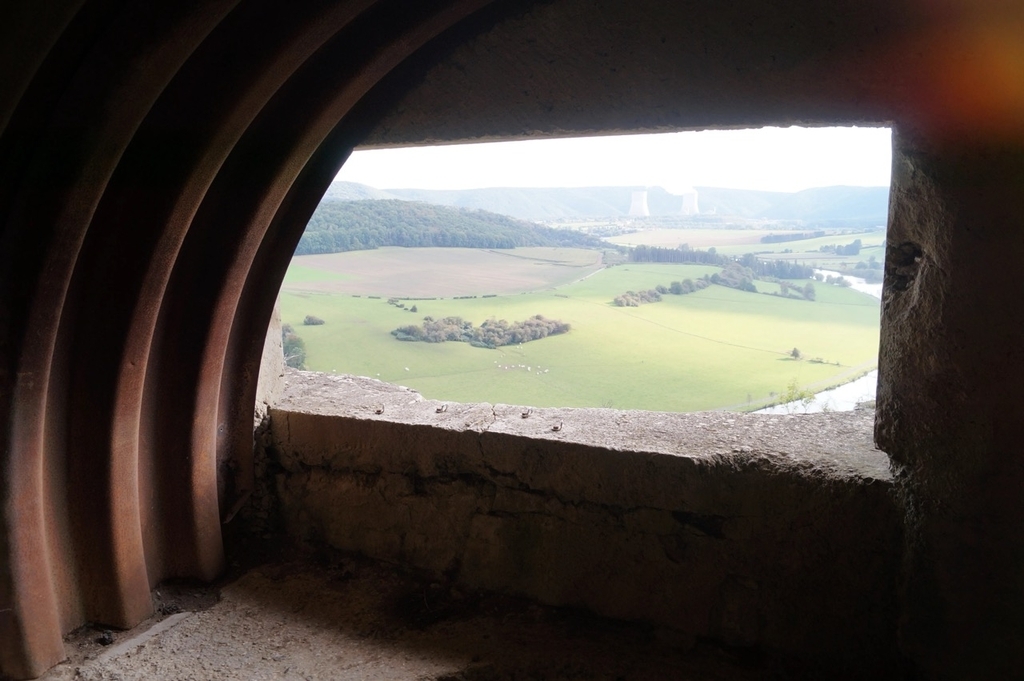
... and natural
Charlemont has a rich natural heritage that it is important to conserve, protect and enhance. The project to restore the site has made it possible to carry out an ecological inventory of this exceptional site. Bordered by the Nature Reserve to the south and the Zones Naturelles d'Intérêt Ecologique Faunistique et Floristique, Charlemont is home to :
- 266 species of flora, including white mugwort and monkey orchid,
- 57 bird species, including the red-backed shrike and the woodlark,
- 7 species of amphibians and reptiles, including the wall lizard,
- 35 species of butterfly,
- 17 species of mammal, including 8 species of bat, such as the Great Rhinolophe.
Since 2017, operations aimed at protecting and conserving habitats and species of heritage interest have been implemented: differentiated management of spaces, installation of bat grids to reserve tunnels, etc.
Charlemont's natural heritage also includes red and black marble, which was highly prized in the 16th and 17th centuries, fossils (goniatite, spirifer, brachiopod) and minerals (calcite crystals, dolomite, galena).
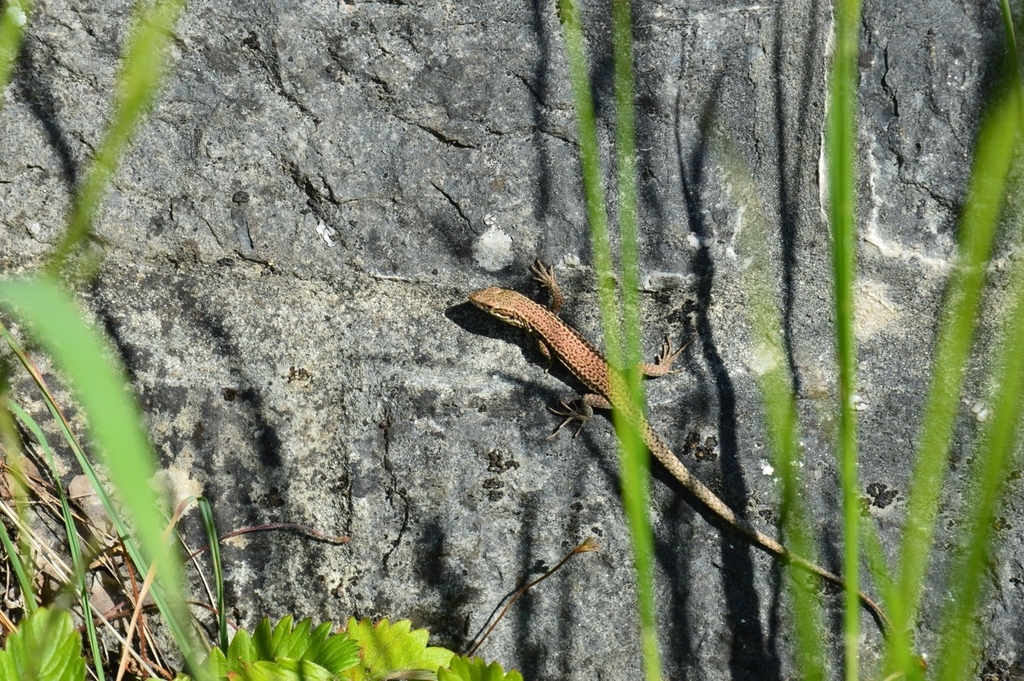
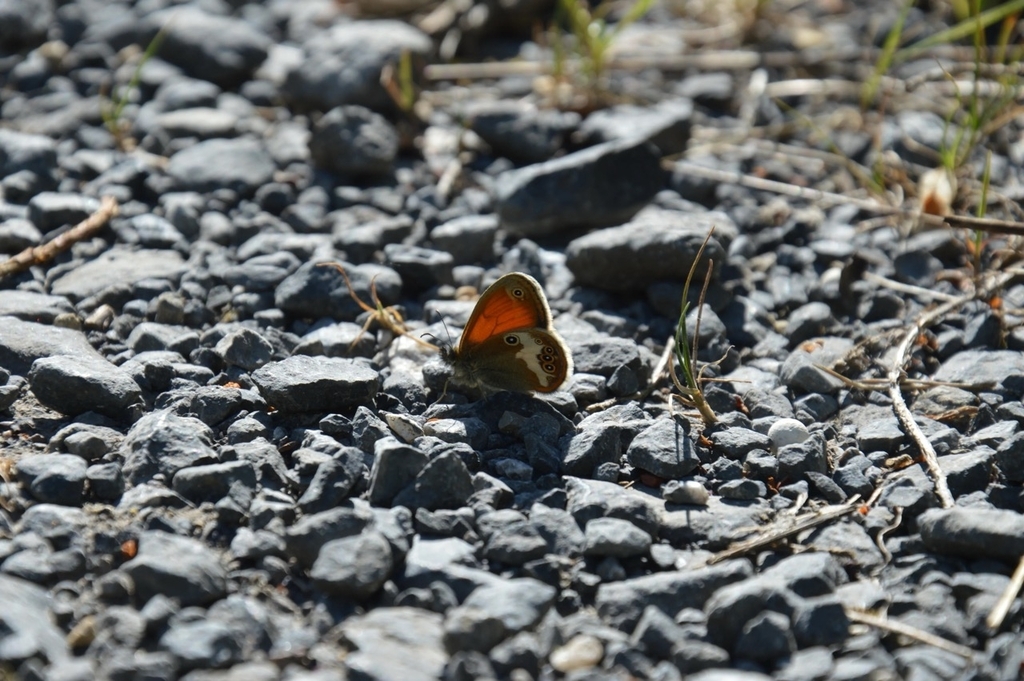
Share your own experience
